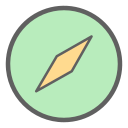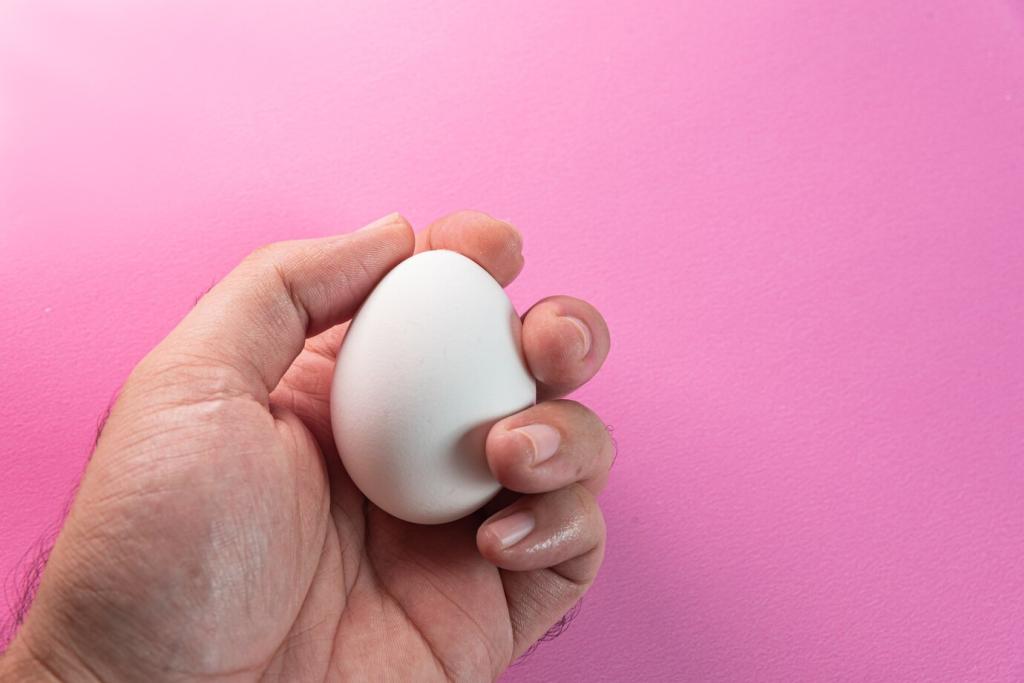
Exploring Color and Form in Minimalist Art
Chosen theme: Exploring Color and Form in Minimalist Art. Welcome to a space where restraint becomes revelation. We slow down together, noticing how a single hue shifts a room’s temperature and how a quiet rectangle can feel like a breath. Stay with us, share your impressions, and subscribe for weekly prompts that deepen your eye and lighten your hand.
Color as a Quiet Force
Limited Palettes, Large Emotions
Choose two colors and sit with them for five minutes. Watch how your pulse, posture, and breathing respond. Minimalist artists often discover that fewer choices produce deeper feelings. Share your pairing and the emotion it opened, then invite a friend to try the same exercise.
Adjacent Hues and Perceptual Drift
Place a soft gray beside a cool blue and notice how gray seems to warm. This phenomenon echoes Josef Albers’s insights on color interaction, vital to minimalist clarity. Post your before-and-after photos, and describe how adjacency altered your perception of both tones.
Letting White Breathe
Whitespace is not absence; it is a color with air in it. A generous field of white amplifies neighboring hues, creating rhythm without noise. Try expanding margins around your next study and tell us how the surrounding silence changed the color’s voice.
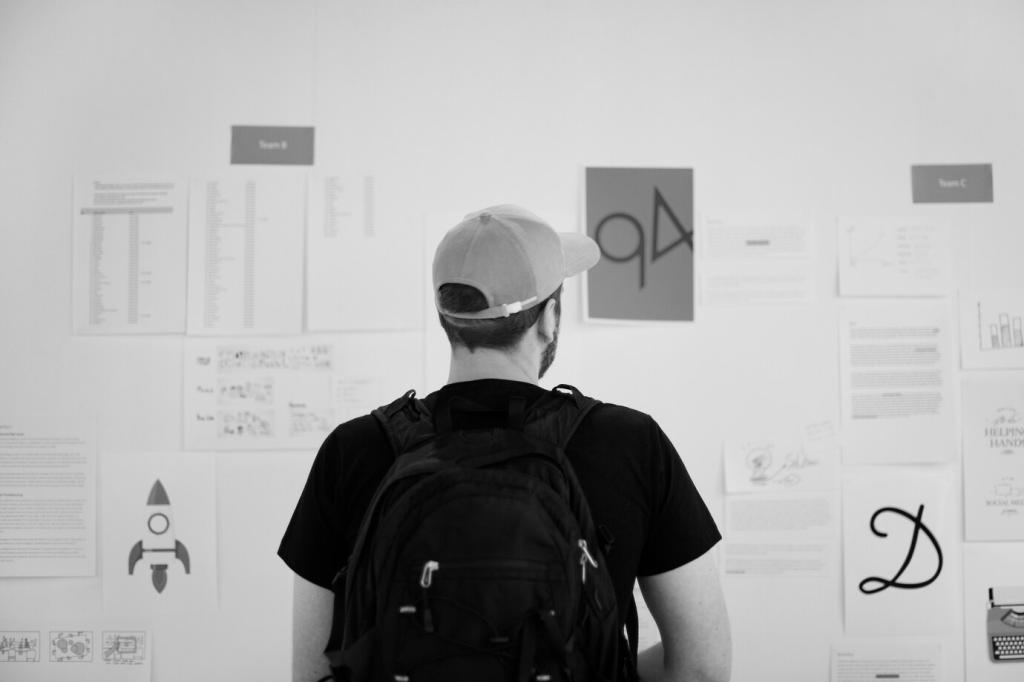
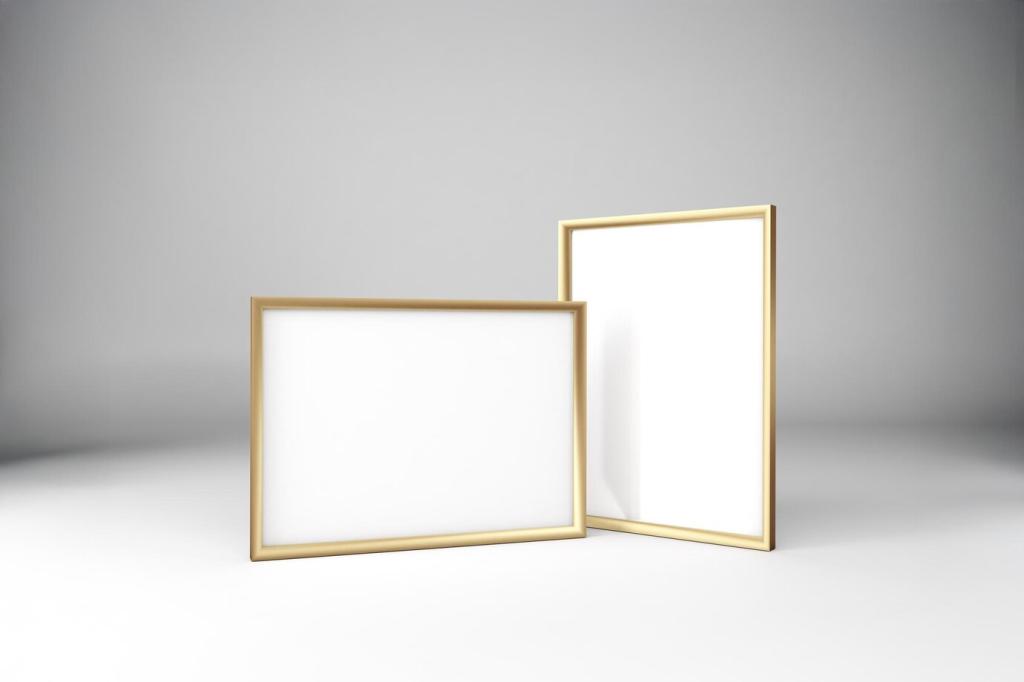
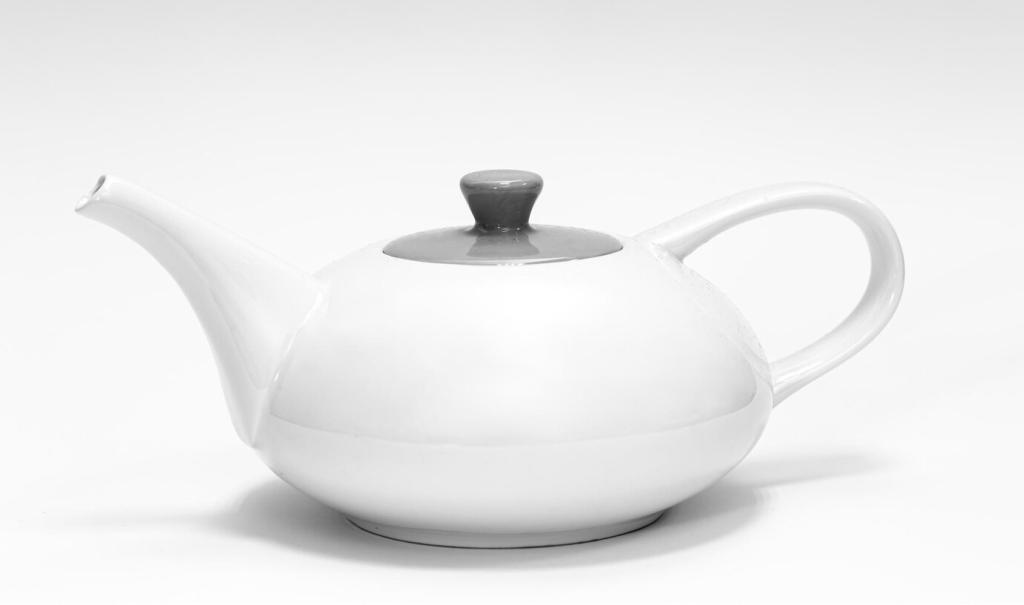
Stories from the Gallery Floor
At a quiet show, a visitor stood before a pale graphite grid and unclenched their jaw. Lines barely visible, yet the room exhaled. They later wrote that the piece felt like a reliable friend. Share your moment when a minimal work made your shoulders drop.
Stories from the Gallery Floor
A child traced an Ellsworth Kelly curve in the air, giggling at the shape’s uncomplicated joy. No narrative, just color holding space. Sometimes the clearest art meets us before words do. Tell us about the first minimalist form you felt rather than understood.
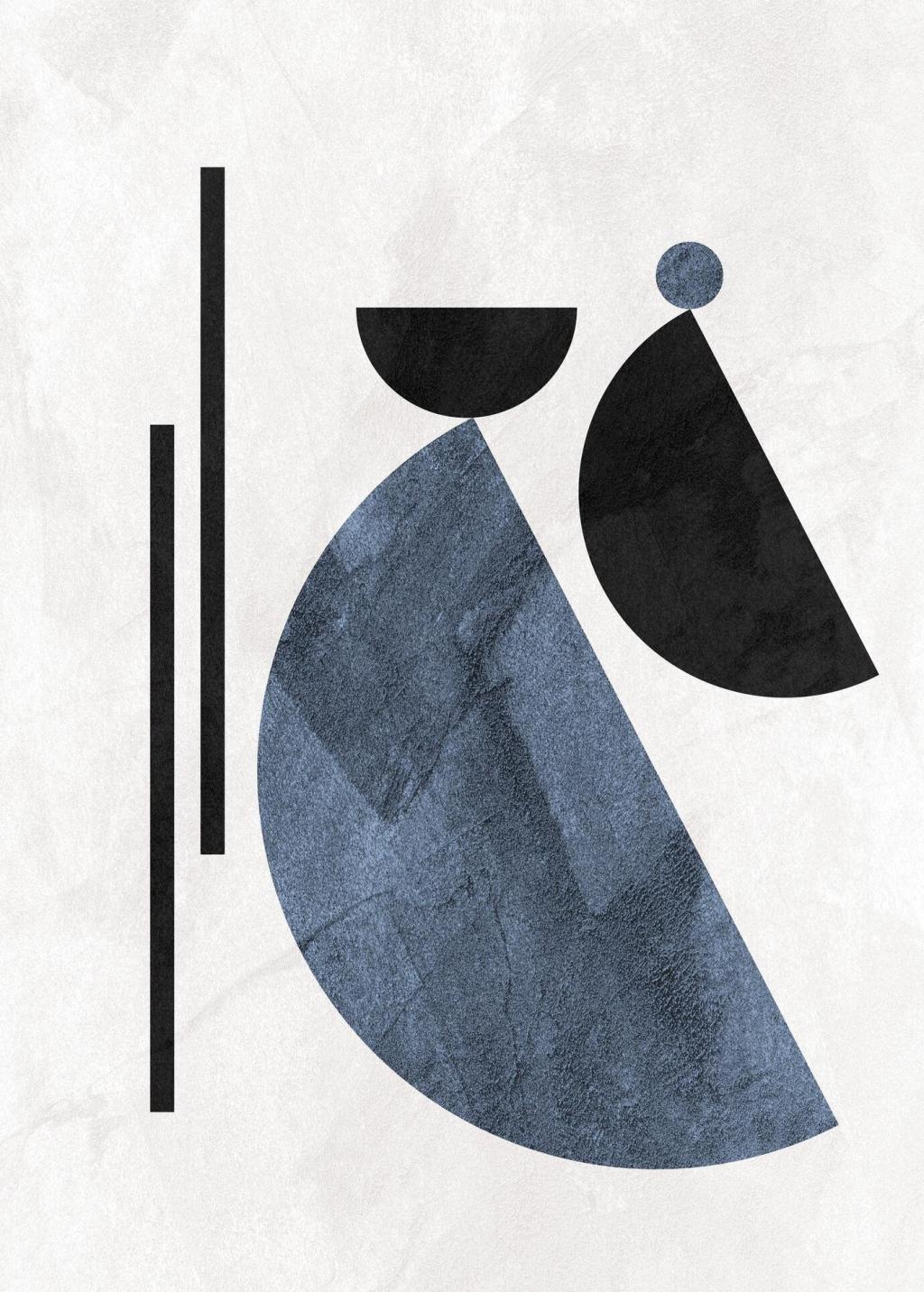
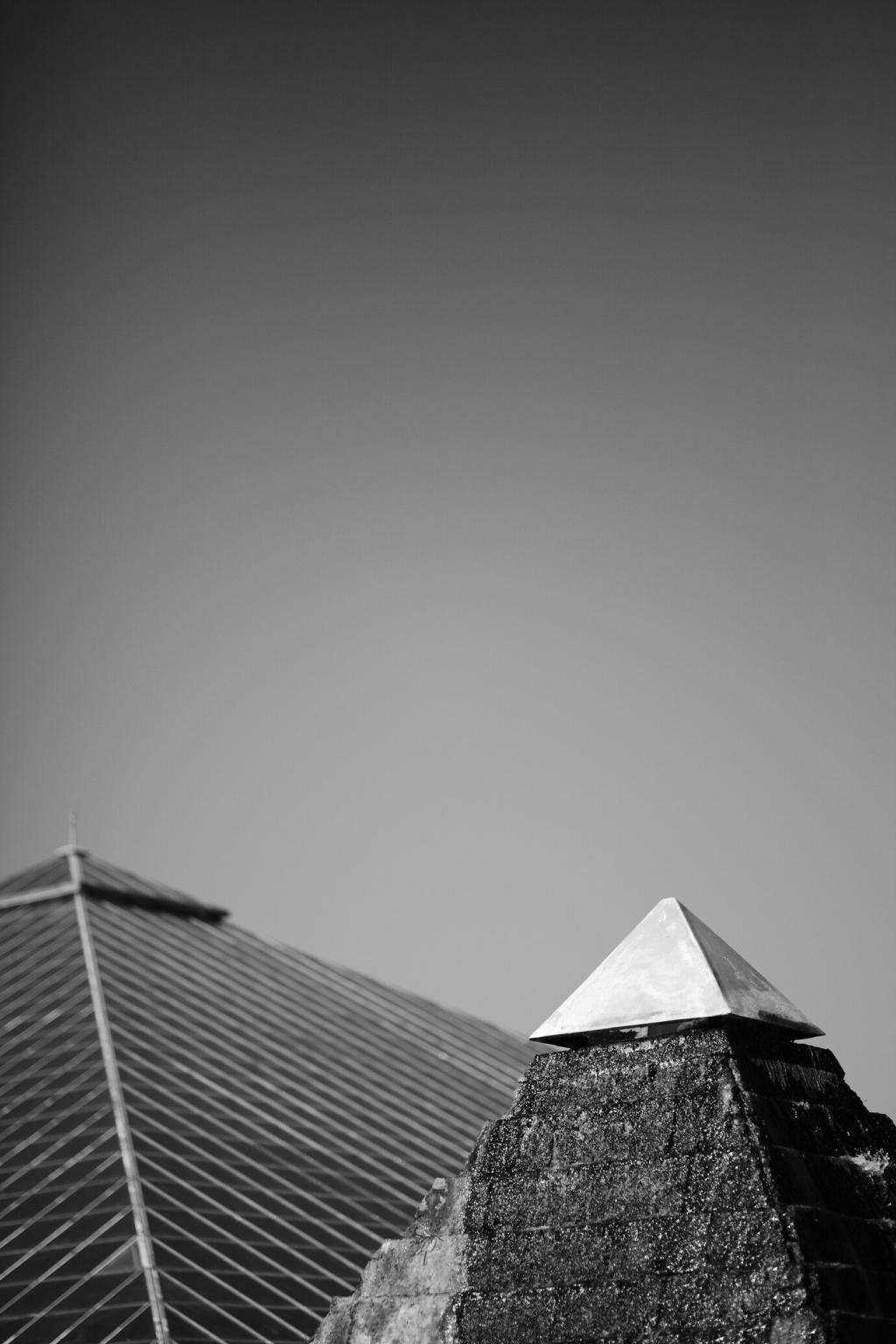
Practice Lab: Color–Form Experiments at Home
Set a timer for twenty minutes per study. Use only rectangles, then only circles, then only lines. Keep a constant two-color palette across all three. Compare emotional temperature between shapes and publish your findings with photos, reflecting on which geometry told your clearest story.
Create a postcard using a single hue plus white. Let form carry meaning—no text, no imagery, only blocks, bands, or fields. Mail it to a friend and ask them to describe the feeling it delivered. Share their reply and your intent to spark conversation.
Trace the city’s minimal shapes at dawn: a rooftop rectangle, a traffic light’s circle, a balcony’s grid. Reduce a photo to two colors and three forms. Post your before-and-after, then ask followers which reduction preserved the scene’s mood without losing honesty.
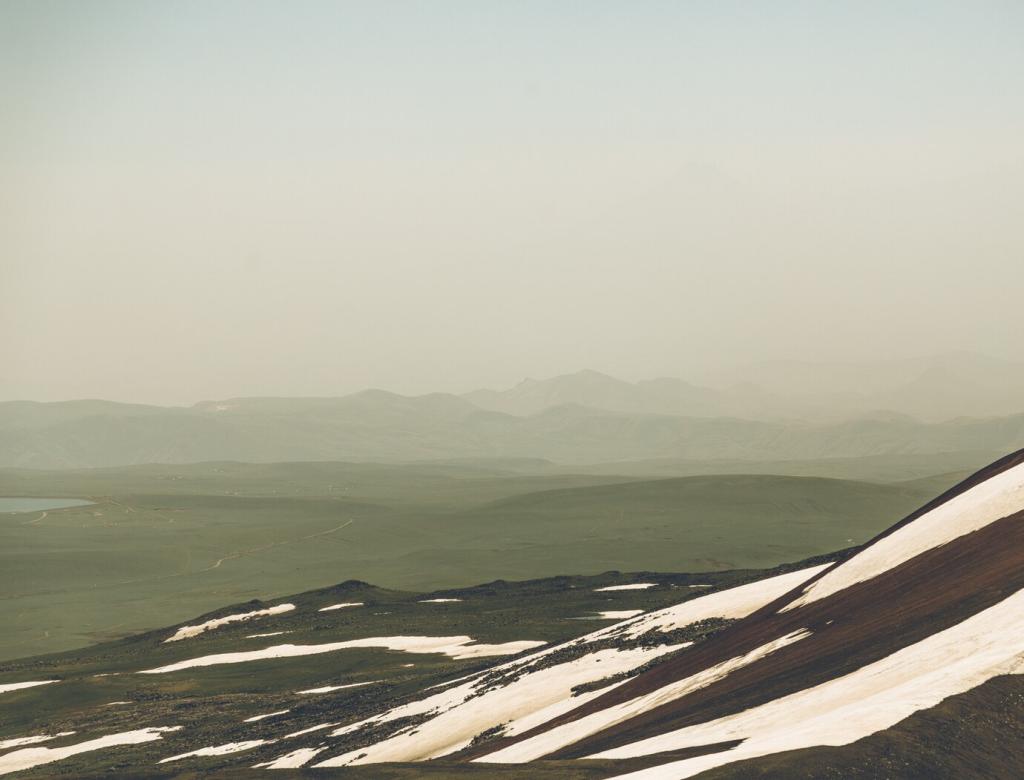
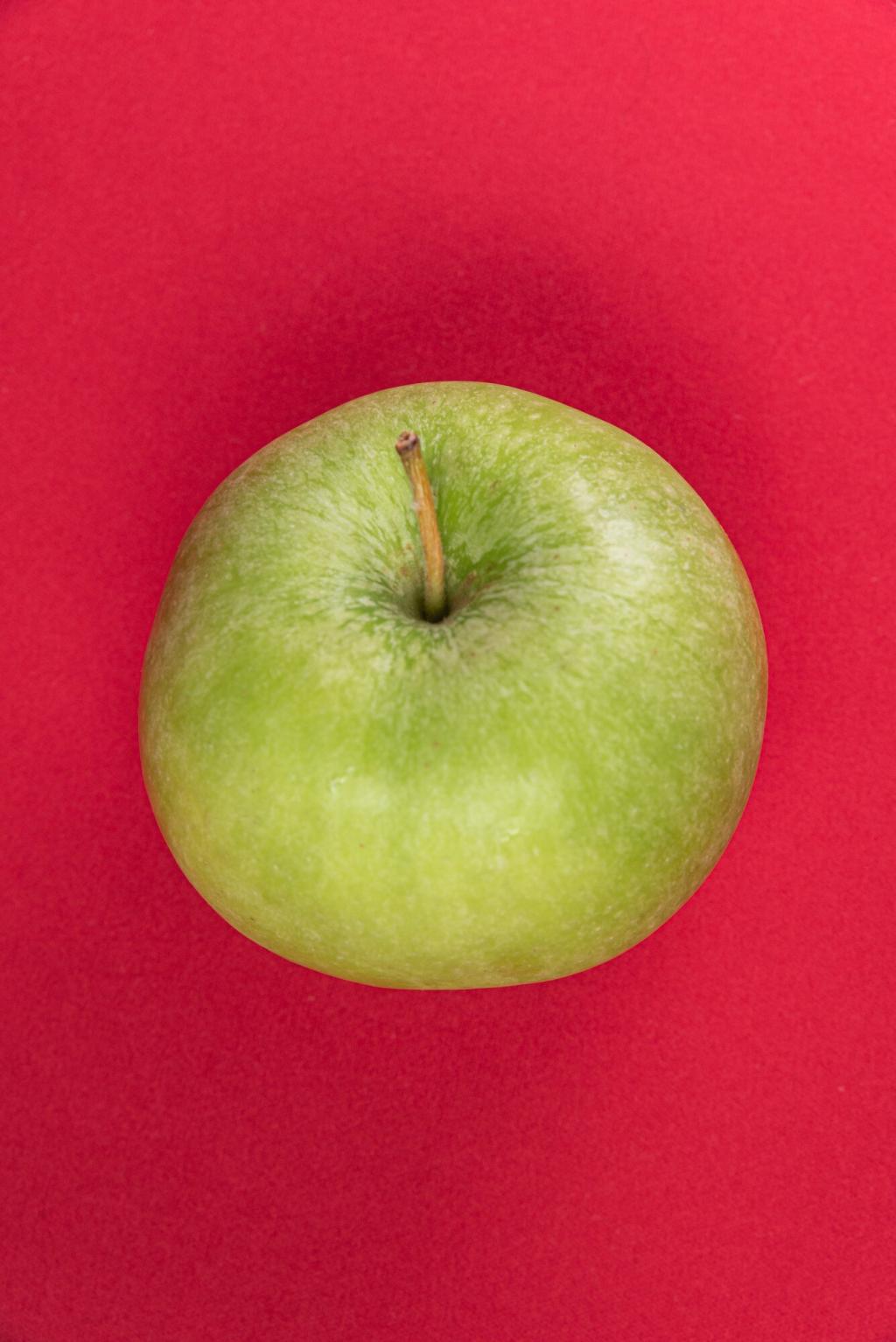
Remove one tool that distracts and add one routine that steadies. A clear table heightens your decisions about color and form. Photograph your before-and-after workspace and write three sentences on how constraint freed your attention. Encourage others to try a ten-minute reset today.
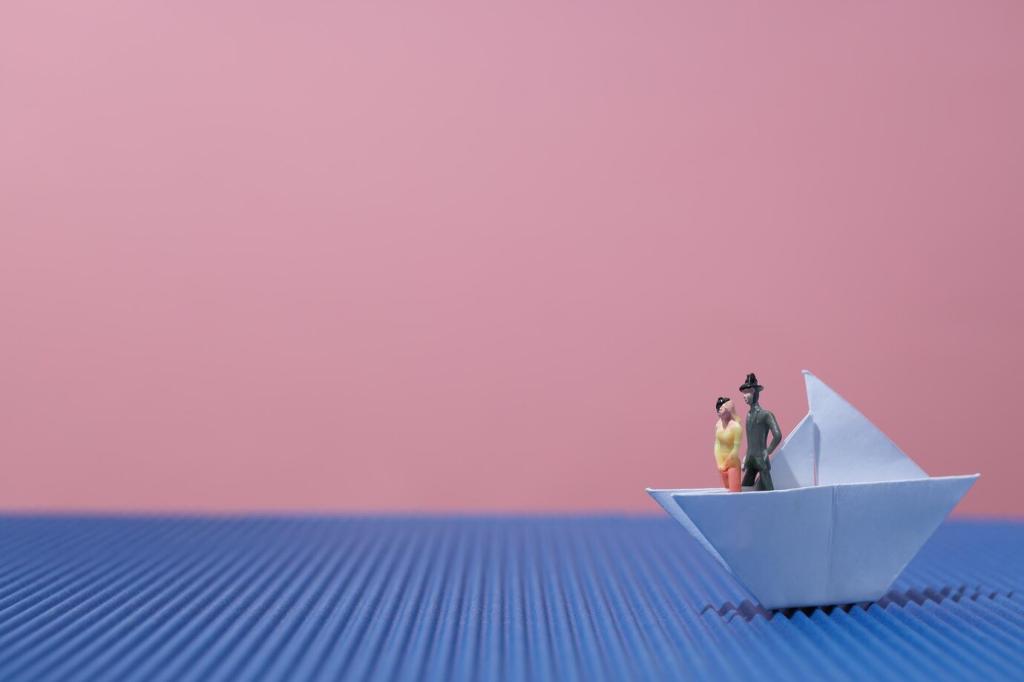
Create a small pinboard listing your active constraints: two colors, one shape family, fixed margin. Constraints become collaborators, not cages. Share your current parameters, and invite readers to remix them into new studies, keeping the conversation alive around disciplined play.
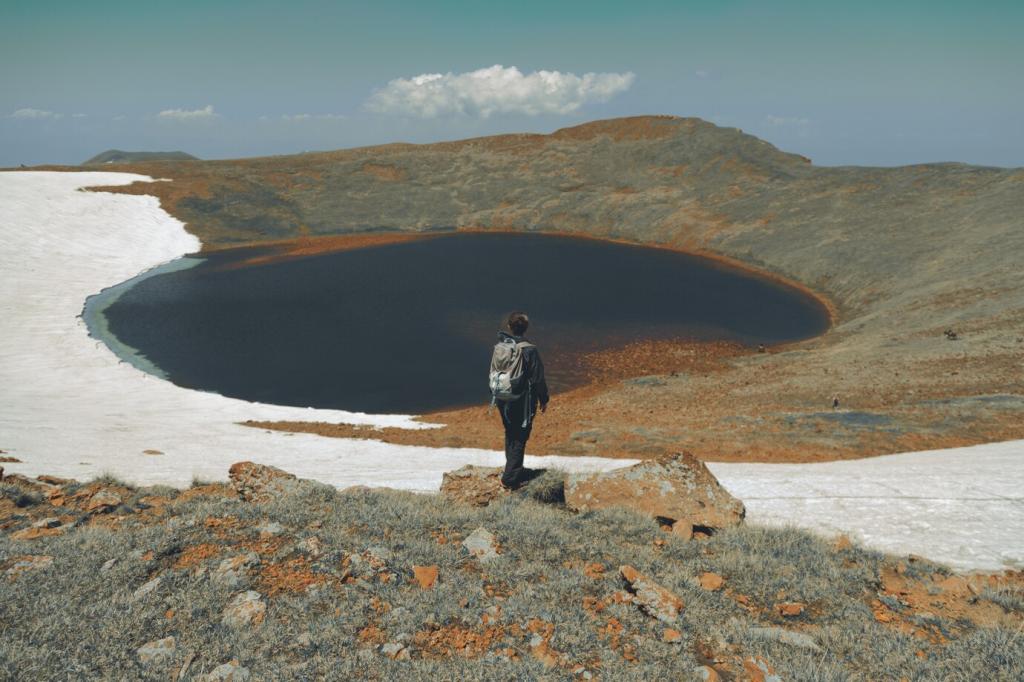
Name files by palette, form, and finish—like cobalt-rectangle-matte-01—to track decisions over time. Reviewing sequences reveals growth invisible day to day. Post a snapshot of your naming system and ask subscribers which sequence deserves a deeper series or a public studio share.
